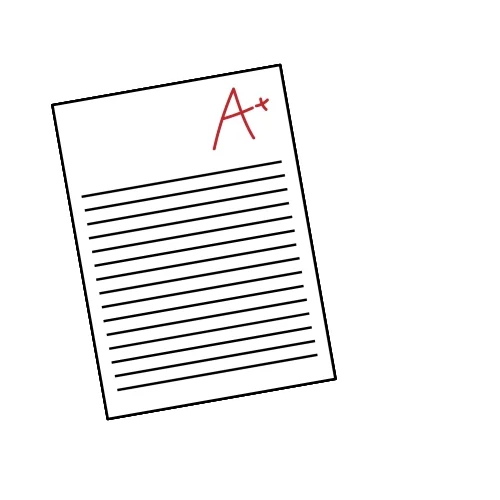Last week on Twitter a teacher lamented over the fact that she had 19 students in her last class of the day and spent "90% of [her] instructional time walking around and redirecting kids to work". I took a screenshot of the tweet and sent it to my department chairs. I was FURIOUS. NINETEEN students? On what planet? Where? How?

When I first started teaching, I had five English classes. Four of them were English 12, and I had between 35-39 students per class. This was also the time of class-size reduction for certain grade levels. I had one tenth-grade class of 20. I was lucky to get that because suddenly, every teacher wanted to teach tenth-grade. This year I have three seventh-grade English classes and two of them are over 33. Some of our eighth-grade teachers have 39. Yes, you read that right 39. Thirty-nine hormonal, quirky, energy-filled, needy eighth-graders in one room...with one teacher. Some of our high school English teachers are in the 40s!
Every year our union sends out a form asking us what our top concerns/wishes are for the upcoming year; every year I say smaller class sizes. I don't want a raise. In fact, I would take a pay cut in order to have smaller classes, especially in my English classes. No pay raise can make up for the frustration I feel about the inability to do my job the way I should be able to do it. No pay raise can make up for the time I lose with my family because I am providing feedback on student work (mainly writing). No pay raise can make up for the overwhelming stress I feel trying to teach my students to write when I have so many of them. Can I teach 35 students? Yes, I can teach a lesson to 35 students. In fact, I could "teach" 100 students. But, we are being asked to do a lot more than teach our students English standards. We are expected to teach social-emotional skills and connect with our students on a personal level. We are expected to know them well enough to answer 150 questions about them on the BASC form periodically sent to us by our school psychologist. We are expected to provide feedback on their writing and prepare them for high school. We are expected to attend their IEP and 504 meetings and provide detailed information about their strengths and weaknesses. I could go on. Finally, imagine trying to "get to" 35 students in a class period. Many have questions; many need help.
Saturday morning I got up at 7AM to begin giving feedback on my students' essays. My goal is to provide timely, actionable feedback to students as they are writing, rather than after. It took me over four hours to get through one class. Feedback loses it's effectiveness if it is not received promptly. I spent another two hours going through those same essays today for the same class. I plan on giving feedback one more time before students turn them in. That means I spend a minimum of eight hours providing feedback on one assignment for ONE class. Once students finish their essays, I meet with each student for a writing conference. This is quite difficult with 35 students, especially twelve-year-olds.

Lower class sizes in academic subjects such as English should be a priority for all districts. I have taught drama, Read 180, Academic Success, and EL courses in my twenty-nine years as a teacher. I can tell you that teaching English requires MUCH more work outside of class than any of those subjects! If districts truly care about students and teachers, they will do whatever it takes to ensure smaller classes, especially in English. I love my job and students deserve better than what they are getting.


Comments
Post a Comment